A 2016 study found that most homes have a lot of pests living in them — more than you’d probably think.
Researchers revealed that the average abode houses more than 100 different kinds of bugs.
But most of these bug species prove to be benign. They neither show themselves to us, nor do they do any harm to our health or the structure of our homes.
The problem lies with the more common pests — the ones you know you don’t want in your house.
Luckily, there are steps you can take to keep your home free of these bugs and rodents. Here’s what to look out for — and how to protect your house from them.
1. Mice
You’d probably be more scared to find out you had rats in your house. But just because mice are so much smaller than their rodent counterparts doesn’t mean they can’t do damage to your property.
Instead, mice can wreak havoc on your abode. You might not spot them, but you can tell if you have them if you find their droppings. They look like extra-large coffee grounds, and sometimes they resemble the shape of rice.
Mice will also urinate on clothes and chew your belongings. And they can spread disease through their waste — so getting rid of them should be your priority if you have them.
Keep in mind, too, that mice reproduce quickly. So, if you realize you have mice, it’s imperative that you perform rodent control to get rid of them ASAP.
Your best line of defense is to eliminate any food sources that they can access. This includes open containers in your pantry and cabinets, as well as other items that a mouse might consider food. Open birdseed bags in the garage, anyone?
Finally, mice can sneak through extra-small cracks — holes the size of a nickel, at times. So, inspect the exterior walls and doors of your home to plug any gaps that would let in the rodents.
2. Cockroaches
Thinking about cockroaches in your home likely makes your skin crawl, too. These bugs spread disease and viruses, including salmonella, hepatitis and staphylococcus. They can contaminate your food, as well as paper and fabric products.
To get rid of roaches, first eliminate the water sources that tend to attract them indoors. So, inspect your home for standing water sources. The bugs will also eat your food, so ensure everything is sealed safely — any open bags or boxes will call to the cockroaches.
You can also use traps to get rid of cockroaches. Once you’ve gotten a handle on the problem, keep a few traps down and check them regularly. That way, you can know if they make a resurgence.
3. Ants
You’ll know pretty quickly if you have an ant infestation. Unlike some of the other pests on this list, ants don’t hide. Instead, they trek around your kitchen in lines as they walk toward a food or water source.
To get rid of ants, you’ll have to be vigilant about kitchen clean-up. Make sure every last crumb has been wiped up from surfaces and floors. And mop or wipe away sticky foods and stains — ants will come back for those, too.
You can wipe away lines of ants with a sponge covered in soapy water. This step won’t stop them from coming back, though, especially if your kitchen’s not clean.
You’ll have to inspect your kitchen and other exterior walls for cracks through which ants can enter. You might also want to move any plantings away from the edge of your home, as foliage can attract ants closer to your property.
4. Termites
A termite infestation can spell disaster for your home’s structural security.
These bugs will feast on the timber used to build your abode, if they get in. And, because the queen lays hundreds of eggs in a single day, they can get out of control if you don’t catch them quickly.
If you notice previously unseen swarms of winged insects around your home in the spring, summer or fall, you could have termites. Double-check the wood in your home if you see them. Tunneling, blistering or darkened wood is a sign that they’ve moved in.
In most cases, you will need the help of a professional exterminator to get rid of termites. But if you’re building a home, you can tak ea few preventative steps to keep them away. Make sure timber’s well-ventilated, as moisture build-up is what typically attracts them in the first place.
5. Rats
Spotting a rat in or around your house is easier than catching a mouse in the act. They might scurry across your yard or even tiptoe across an electrical wire. Plus, you might be able to spot their burrows in your garden or compost pile.
Rats also leave behind droppings that resemble a mouse’s, except they’re larger. But having rats and their waste in your home can transmit disease. On top of that, rats gnaw through wood, insulation and wires, which can be expensive – and the latter can cause fires.
You’ll get rid of rats just as you will mice. Block any holes or entryways into your home that are a quarter-inch or larger. If you still have rats, then try laying traps for them.
Common Pests: What’s Next?
Now that we’ve covered the most common household pests — as well as the type of pest control you can perform yourself — you might be wondering, what’s next? That’s likely your thought if the insects or rodents remain, in spite of your best efforts.
If that’s the case, your next step should be calling us. Don’t hesitate to contact us, whether you have one of the above pests or another creature encroaching on your abode.

